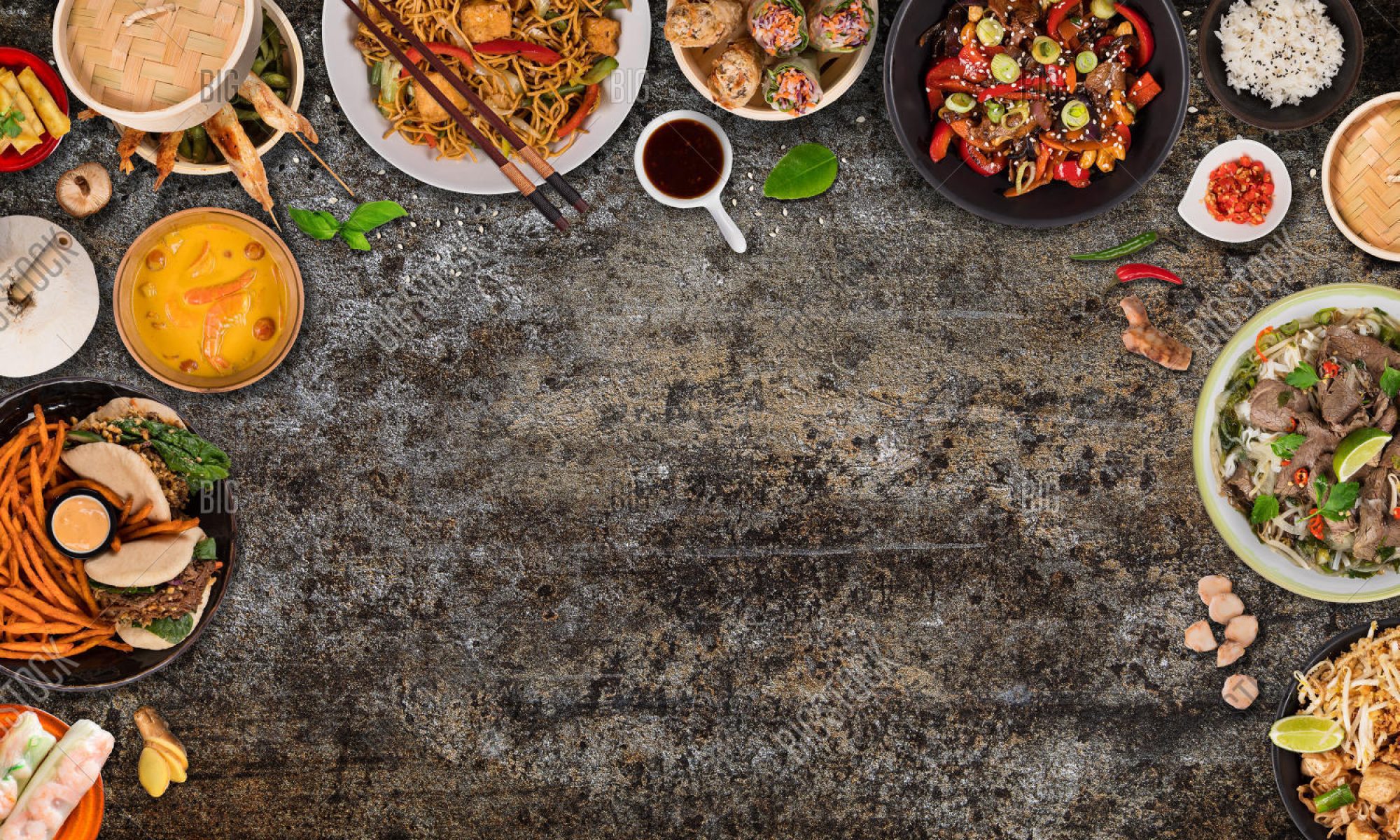My familiarity with the word Mestizaje stems from my own identity and my family’s history. Being mexican but appearing “white” often generates confused looks and comments because I don’t look “mexican enough”, which I often translate as not looking like the stereotyped native mexican (darker skin). I never take any offence because I use this opportunity to clarify that my skin tone is the cause of intermarriaged between spanish and indigenous groups that lived in Mexico. This makes me a Mestizaje of many generations, hence why I still identify as Mexican but don’t appear to play the part.
The group who defined mestizaje definitely tackled the definition in a way that was still educational and eye opening, especially when I was able to relate it to the complex identity of the Garinagu people. Although I knew Mestizaje was a racial mix of the indigenous of Latin America and european descent, I had not considered that it also included those who were brought from West Africa and it also “expanded to include cultural and social fusions”. For the Garinagu, being a mestizaje considers races from The Caribs, The Arawak, West Africa and European. Thus, making the Garinagu identity much more complex and diverse which automatically involves a fusion of different cultures and traditions. It is interesting to learn how the history of all these unique cultures came together to make a “new” culture. I say “new” because although the Gargingu culture is unique, many of their traditions originate from other cultures that were preserved and incorporated. For example, music is a major part of the Garinagu culture which carries dominating influence from their West African heritage.
This idea of culture and identity being a mix of different cultures, becomes more interesting when we consider how even after the formation of the Garinagu culture, the culture continued to alter when people were being deported to Honduras and Belize. The Garinagu preserved their culture by hiding their staple crops, cassava, in order to maintain some of their culture in a new land. However, due to the land change and other historical influences, the Garinagu people had to adapt to what the land offered, which resulted in different foods becoming key to their food systems as well as certain events, further shaping the Garinagu identity- which also influenced celebrations and major dates for those who live in Belize.
The main takeaway from the lecture, reading and the keywords for me is how culture is malleable and influenced. Although we like to keep to our traditions as part of our identity, change is inevitable and it can be both a positive and negative experience. Mestizaje is a good definition to refer to these influences on culture, because it’s not limited to just a biological mix, but it expands to historical events, other cultures, land, and globalism.
